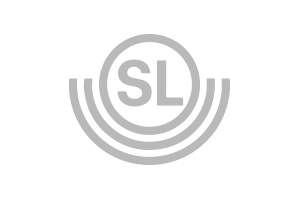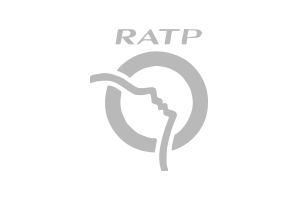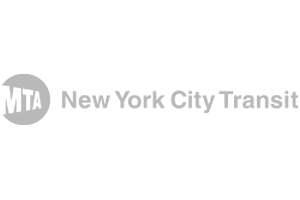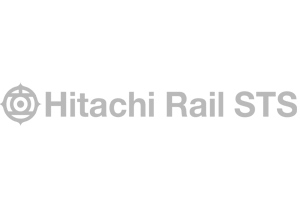Formal methods
Formal methods in software development for rail control systems
In the ever-evolving world of software engineering, the need for reliable software has led to the exploration of diverse methodologies. Formal methods are one such approach, playing a vital role in developing safety-critical systems like rail control.
In the ever-evolving world of software engineering, the need for reliable software has led to the exploration of diverse methodologies. Formal methods are one such approach, playing a vital role in developing safety-critical systems like rail control.
?
What are formal methods?
Formal methods are systematic approaches that use mathematical models for the specification, development, and verification of software and hardware systems. They enable precise analysis and verification of system properties such as correctness, safety, and reliability. By applying these methods, developers can ensure their systems meet specified requirements, offering confidence in both system behavior and performance.
Understanding formal methods

The foundation of software reliability
Formal methods introduce a precision that exceeds traditional testing and validation approaches, offering a way to establish the correctness and reliability of both software and hardware systems. This is particularly crucial for rail control systems, where safety and reliability are non-negotiable.
Comprehensive development cycle
Formal methods fit into the software development life cycle, covering stages such as requirements engineering, architecture design, implementation, testing, maintenance, and evolution. This comprehensive approach helps identify and address potential flaws early in the design process, reducing the risk of costly revisions later on.

Here’s how formal methods play a role across the software development life cycle:
Benefits of formal methods
Challenges in formal methods Implementation
Training and expertise
One major challenge in adopting formal methods is the need for specialized training. Developers and engineers must be proficient in both the mathematical foundations of these methods and the specific requirements of rail control systems. This training can be time-consuming and costly, but it is necessary for effective implementation.
Updating processes and standards
Another challenge lies in maintaining and updating processes to align with new standards and technologies. Rail control systems must adapt to changing regulations and technological advancements, requiring ongoing updates to formal verification processes. Additionally, formal methods need specialized tools and frameworks tailored to the rail industry, and managing and prioritizing these investments is essential for successful implementation.
Resource costs
Formal methods require substantial investments in terms of time, resources, and expertise. This includes the costs of training and hiring skilled professionals, as well as the time and effort needed for ongoing maintenance and updates to meet evolving standards.

Conclusion
Formal methods are crucial in developing rail control systems, offering a rigorous, mathematical approach to ensure safety and reliability. They are the future of rail technology, bringing significant benefits like enhanced safety, precision, and dependability. While adopting formal methods involves some costs and training, the benefits outweigh these challenges. They provide essential tools for developing and maintaining rail systems that are safe, efficient, and adaptable. By embracing formal methods, we set ourselves up for long-term success and innovation in the rail industry. This forward-thinking approach will help us stay ahead and ensure our rail systems are the best they can be.
Prover SDA software suite – Verify safety in every step of your project.
Prover is a complete process and tool suite that reduces engineering efforts and life cycle costs, provide prompt time-to-market and ensures certification to the highest available safety standards.
Our software suite contains the following three solutions: Prover Studio, Prover iLock and Prover Certifier.
Prover SDA software suite – Verify safety in every step of your project
Prover is a complete process and tool suite that reduces engineering efforts and life cycle costs, provide prompt time-to-market and ensures certification to the highest available safety standards.
Our software suite contains the following three solutions: Prover Studio, Prover iLock and Prover Certifier.
References
Prover’s innovative solutions brings benefits to many types of rail control projects
In this project, Prover enabled a safe and stepwise migration from legacy relay systems to a modern, PLC-integrated Traffic Management System for the Stockholm Metro.
In signaling design automation projects, we start by developing a digital twin of your existing, future, and conceptual systems.
In this project Prover collaborated with RATP in creating a formal verification solution to meet RATP demand for safety verification of interlocking software. RATP had selected a computerized...
How much can you save by implementing Signaling Design Automation?
In this meeting you’ll find out how digital twins and formal methods can help you achieve your rail control projects in less time and lower costs. And 100% secure system.



















